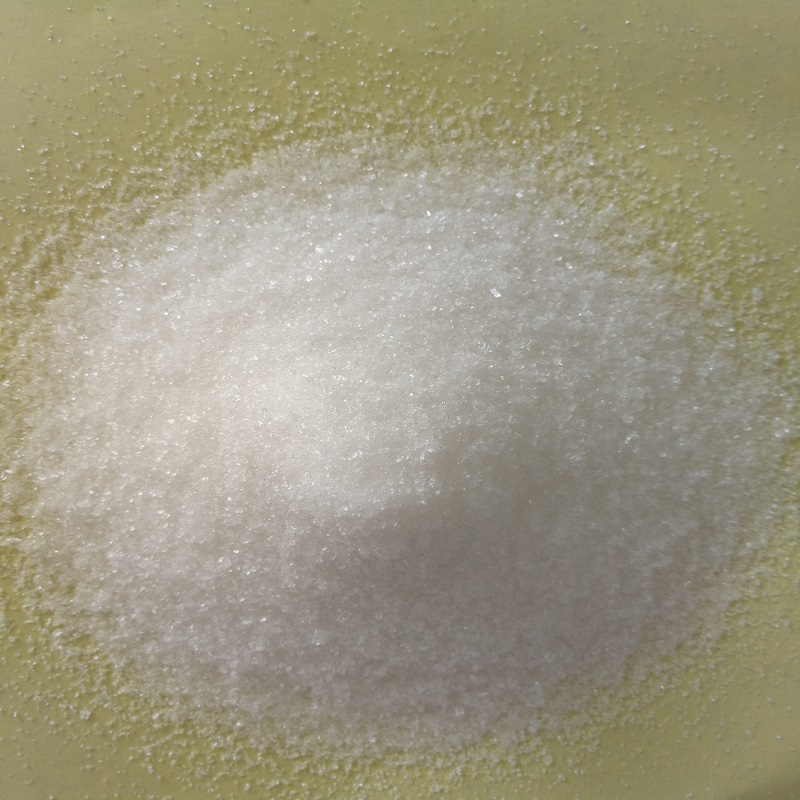Tetrabutylammonium bromide is a common chemical product in the market. It is an ion-pair reagent and also an effective phase transfer catalyst.
CAS No: 1643-19-2
Appearance:White flake or powder crystal
Assay:≥99%
Amine Salt: ≤0.3%
Water: ≤0.3%
Free Amine: ≤0.2%
- Phase-Transfer Catalyst (PTC):
TBAB is a highly efficient phase-transfer catalyst that significantly enhances the efficiency of synthetic reactions, particularly in biphasic reaction systems (e.g., water-organic phases), facilitating the transfer and reaction of reactants at the interface. - Electrochemical Applications:
In electrochemical synthesis, TBAB serves as an electrolyte additive to improve reaction efficiency and selectivity. It is also used as an electrolyte in electroplating, batteries, and electrolytic cells. - Organic Synthesis:
TBAB plays a crucial role in alkylation, acylation, and polymerization reactions. It is commonly used in pharmaceutical synthesis to catalyze key steps, such as the formation of carbon-nitrogen and carbon-oxygen bonds. - Surfactant:
Due to its unique structure, TBAB can be used to prepare surfactants and emulsifiers, often applied in the production of detergents, emulsifiers, and dispersants. - Flame Retardant:
As an efficient flame retardant, TBAB is used in polymers such as plastics and rubber to improve their fire resistance and safety. - Adhesives:
In the adhesive industry, TBAB enhances the performance of adhesives by improving bonding strength and durability. - Analytical Chemistry:
In analytical chemistry, TBAB functions as an ion-exchange agent for sample preparation in ion chromatography and ion-selective electrode analysis. - Wastewater Treatment:
TBAB can act as an effective flocculant to remove suspended solids and organic pollutants from water, aiding in water purification.
In summary, tetrabutylammonium bromide has extensive applications in the chemical industry, and its excellent performance makes it a key component in various chemical products.
Post time: Jul-09-2025






